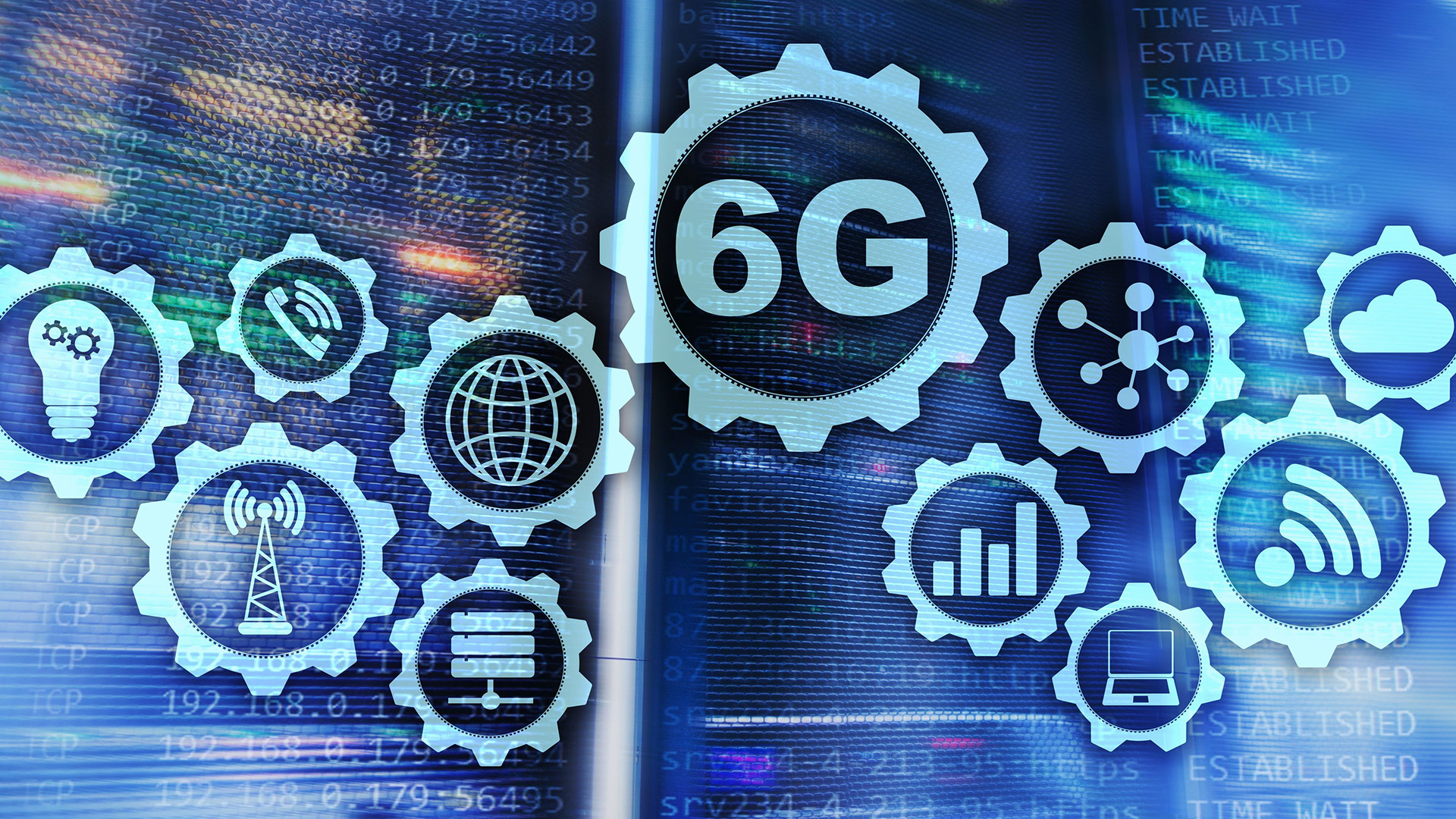6G in 2030: The panacea for businesses 'comes again'

6G in 2030: The panacea for businesses 'comes again'

While 5G is still positioned as a "near-term" game-changer, experts and telecom providers are already discussing the network features, performance expectations and use cases that the next-generation wireless technology, 6G, will support.
Meanwhile, analysts are still busy digesting evolving information about 5G capabilities as they are tasked with providing answers to pressing questions such as:
- What are the real-world 5G B2B use cases today and tomorrow?
- When (and how) will operators turn 5G enterprise services into profitable businesses?
- What will be added to the next phase of the 3GPP standard?
- How will slicing and 5G SA change the current feature set?
- How will the ecosystem evolve and who will win?
Even as we begin to address these challenges, workgroups, vendors and service providers are already planning the next generation of technology and associated consumer and enterprise use cases, with 6G on the horizon.
6G World
The biennial 6G World workshop is a good source of information on the enabling technologies and use cases that will be available to businesses in 8-10 years. While the September 2021 fall session was primarily about networking, the 2022 spring session included more detail on emerging use cases.
6G networks will greatly enhance 5G technology, including increasing data rates to 100 Gbps, potentially reducing latency to microseconds, and allowing 10 million devices to be connected per square kilometer. With such performance expectations, 6G-enabled enterprise technologies and use cases could theoretically reach a new level that would not only impact the speed of data/video transfer, but also change the way companies communicate, process information, train employees and make decisions .
Here are some examples from 6G World 2022:
- AR/VR. According to Avnet Abacus, the extended reality (XR) market has seen expansion in enterprises thanks to 5G, with deployments ranging from Industry 4.0 digital twins, location-based VR and distance learning tools. In the 6G future, immersive communication, holographic telepresence and AR/VR are expected to be the default communication methods, which will require 8k video resolution per lens. To support this, 6G must deliver end-user data rates of up to 10 gigabits per second.
- Private network. While 4G and 5G private networks are starting to make their way into industrial verticals, there's more to come. NEC predicts that 2030 will bring: hyper-real communication beyond space and time, and the expansion of digital twins to enable seamless connections between people, things and experiences regardless of geography. NEC is a member of the "Beyond 5G" Promotion Alliance, which is dedicated to understanding technology and market trends in 2030 and their impact on a wide range of industries, for example, in warehousing and logistics, IoT, cyberport, digital transformation, digital Twins, robots and drones will provide fully automated operations, as well as advanced applications of artificial intelligence, machine learning and off-ground networks.
- Self-driving cars, the expansion of communications into space and oceans, and major medical breakthroughs are also expected to emerge from 6G and related technologies. Multimodal mobility, collaboration between vehicles and smart cities, telesurgery, nanorobots, personalized medicine, AI drug discovery, and augmented humans with “brain machines” for disabled people are just a few examples.
While some of the use cases (many, in fact) are the same game-changing use cases we've heard about 5G over the years, 6G's better performance can support them more effectively. Soon, we can start asking the same questions about the 6G ecosystem, monetization initiatives, and real-world use cases (and hype) that we struggle to understand today with 5G.